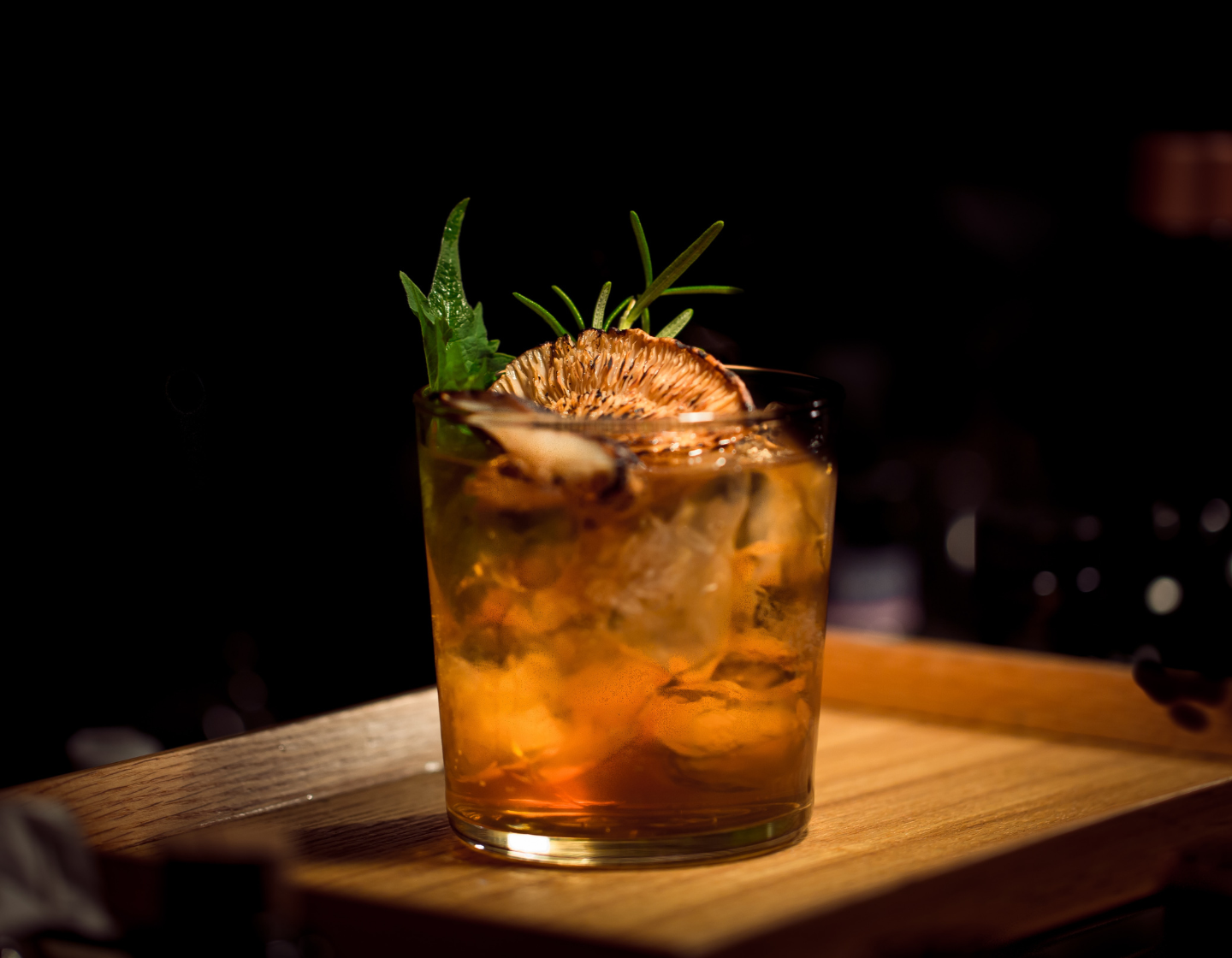
A Guide to Rum: History & Production
Discover the history of rum, distinctive production processes and types of rum that paved the way for today's aromatic realm of rum cocktails.
Estimated reading time: 6 minutes
Behind the Liquid: Rum
Find out much more about Rum in this Behind the Liquid video with Global Don Papa brand ambassador Aaron Goodall and World Class Ireland winner Emily Doherty.
The History of Rum

The History of Rum
The earliest versions of rum were more than likely produced in Asia; however, the category took shape in the Caribbean. In the 1600s, plantation enslaved people discovered that molasses, a by-product of sugar refining, would ferment in the warm tropical air.
Molasses produced in the Caribbean was shipped to New England and distilled into rum. It wasn't long before rum production took off in the tropics, and its popularity spread to Colonial America and beyond.
As European explorers sailed to new territories, rum became a commodity of trade, and ships were pivotal in transporting rum to various parts of the world, contributing to its popularity and widespread distribution. By the 18th century, the popularity of rum was such that it had become the national drink of America, with records showing consumption of around 14 litres per person each year.
Tiki Bar Culture
The Sugar Act of 1764 and trade restrictions in the mid-1800s caused rum to lose favour, while the Prohibition era of the 1920s further challenged its popularity.Rum finally bounced back with the repeal of Prohibition in 1933, and an American fascination with the South Pacific and tropical island culture inspiring Tiki-style bars, restaurants and classic rum cocktails like the Mai Tai and the Fogcutter.
FUN FACT
The famous Daiquiri cocktail, a simple mix of rum, lime juice, and sugar, is said to have been invented by American mining engineer Jennings Cox in Cuba during the late 1800s.
The Five Steps of Rum Production
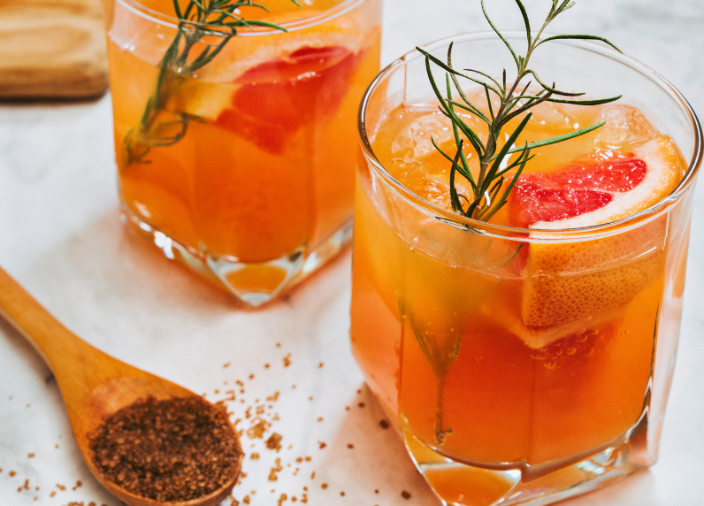
The Five Steps of Rum Production
Rum is made from sugar cane products such as sugar cane juice, sugar cane syrup, and the by-products of sugar making, including various quality grades of molasses. Sugar cane is high in sugar content (13 to 15% sucrose) and ideal for alcohol production. Wherever sugarcane is grown, there is likely to be some form of rum production.
1. HARVESTING AND EXTRACTION
Harvesting:
Sugarcane is harvested once or twice a year.
Once harvested, it must be processed quickly to prevent the high sugar content from combining with bacteria on the stem, which would cause infection and potentially damage crops.
Extraction:
The cane juice extracted from crushing the sugar cane is usually pasteurised and clarified before being quickly sent off for fermentation.
2. FERMENTATION
The sugarcane juice (sugar cane honey), molasses, or sugarcane syrup is diluted with water before yeast is added to initiate fermentation.
During the fermentation stage, the yeast consumes the sugars in sugarcane derivatives, converting them into alcohol or liquid known as “wash” or “wine” with 5-10% ABV. ·
While cultured yeast is commonly used in rum production due to its reliability and consistency, some distillers may opt for naturally occurring yeast species for fermentation. ·
Fermentation is not only responsible for alcohol production but also plays a vital role in the creation of esters. Esters are organic compounds that provide a wide range of fruity, floral, and spicy notes that add complexity and depth to the rum. ·
Distillers choose to adopt either short fermentation, which is efficient but does not create a pronounced level of flavours, or long fermentation, which takes up to several days and produces higher esters. Stillage leftover from previous distillation (like sour mash in Bourbon production) may also be added to boost ester levels.
3. DISTILLATION
Distillation techniques, including the use of copper pots and column stills, play a significant role in separating impurities and concentrating flavour, ultimately shaping the overall taste of the rum.
Pot stills and single-column stills are known for creating a more flavourful 'heavy' rum, especially when distilling long fermentation wash. Meanwhile, multi-column stills can be used for either 'heavy' or 'light' rums depending on the type of wash and the alcoholic strength of the final distillate.
Higher-strength distillate will have more alcohol and fewer congeners (compounds that impart aromas and flavours) and vice versa.
4. AGING
Following distillation, the spirit produced is clear, colourless, and ready for ageing. Rums are usually aged in barrels previously used to age bourbons.
The ageing period will vary, but the more time a rum interacts with the barrel, the more colour and extract it will have.
Surprisingly, quite a number of light, white rums would have undergone some ageing in barrels. However, they will be charcoal filtered to remove the slight tint of colour (and undesirable flavours) before bottling.
If rum is matured in the Caribbean, it will develop faster and experience more evaporative loss due to the humid tropical climate.
5. BLENDING
After ageing, distillers can shape the final flavours of the rum by blending rums of different ages, countries and styles. The stated age of a rum refers to the youngest rum in the blend. The minimum bottling strength of rum is 37.5% ABV, and caramel colouring is allowed (EU regulation).
Rum Flavour
Sugarcane honey–based rums tend to have a flavour profile of caramel and toffee that's more akin to rum made from molasses.
Sugarcane juice-based rums often possess a more vibrant herbaceous and grassy flavour.
Molasses-based rums tend to exhibit richer notes of caramel, toffee, and brown sugar. Molasses is a stable product that is relatively cheap, hence it is the most widely used raw material for rums today.
Myth Buster: "Rum Has High Sugar Content"
Rum's sweet taste often leads to the misconception that it is high in sugar. While some rums may have added sugar or sweeteners, many quality rums are naturally sweet due to the sugarcane-based fermentation process.
Types of Rum
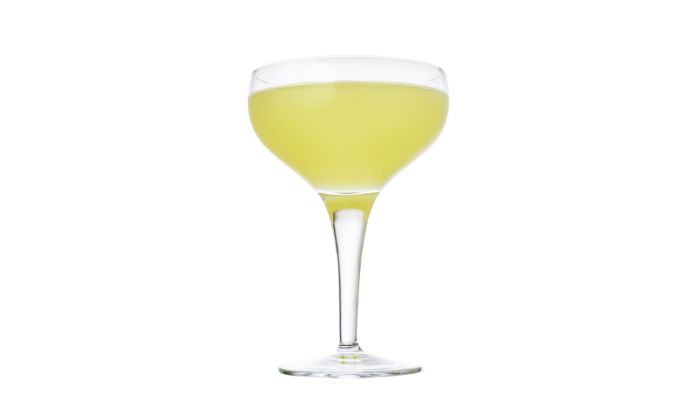
Types of Rum
Whilst no definitive way to categorise rum exists, attempts have been made to group rums by colour or production methods. A good indication, traditionally, is the language spoken in its country of origin. The language was adopted from its colonising country, and each of these countries had a particular taste for their rum and, therefore, a specific style and production process.
FRENCH RUM - “RHUM AGRICOLE"
French rum originates from French islands like Martinique, Guadalupe, and Haiti.
It is distilled from sugarcane juice rather than molasses in column stills.
It is fresh and lively on the nose due to the large content of esters, with distinctive grassy and vegetal aromas.
ENGLISH RUM
English Rum is produced in former English colonies such as Jamaica, Trinidad, and Guyana.
It has a heavy, molasses-influenced flavour and a higher percentage of pot-distilled rums.
Popular brands, like Captain Morgan, draw from a rich history of ingredients and trade between England and the Caribbean.
Rums from Jamaica, Trinidad and Guyana were blended to produce the Royal Navy ‘tot’, with the rum itself blended in Bristol.
SPANISH RUM
Produced in countries like Venezuela (which has a Designation Of Origin (DOC) for its rums), Cuba, Puerto Rico, and Guatemala (like Zacapa).
A typically light and more floral rum due to the introduction of the column still distillation process, allowing the Spanish style to overtake the heavier British styles in the 20th Century.
Spanish-style rums use Spanish terminology, such as añejo, to describe their different styles, and many have adopted traditional Spanish production methods, such as the sherry solera ageing system used by Zacapa in Guatemala.
CACHAÇA
Technically not a rum, Cachaça is its own category. It is made from cane juice and could be distilled in pot or column stills.
It is one of the earliest cane-based distillates, with the earliest records of Cachaça coming from Bahia in northern Brazil in 1610.
Most Cachaça consumed around the world is mixed with crushed lime and sugar in the form of a Caipirinha, and there is perhaps no other spirit so intrinsically linked to a particular cocktail.
More than two billion litres of cachaça are produced in Brazil every year – roughly 11 litres per person.
Rum's story has been one of exploration and evolution, travelling from the sugarcane fields to the distilleries, from the ship's galley to today's trendiest bars, forever a versatile, flavourful spirit immersed in a rich tapestry of Caribbean history and culture.
RUM RECIPES
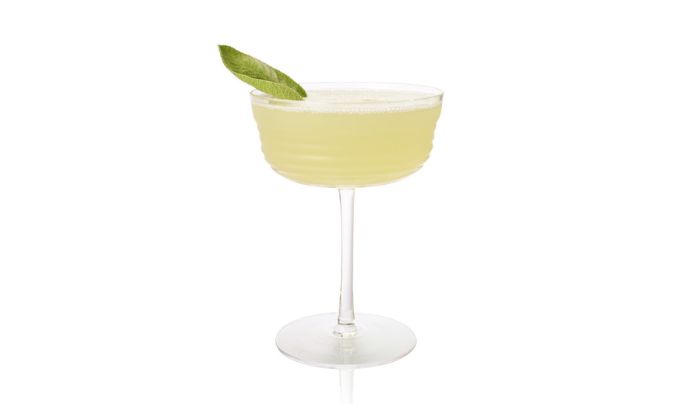
Daiquiri
Try this classic blend of rum, lime juice and sugar. A great cocktail to practice your shaking skills on, resulting in a chilled, smooth finish for guests.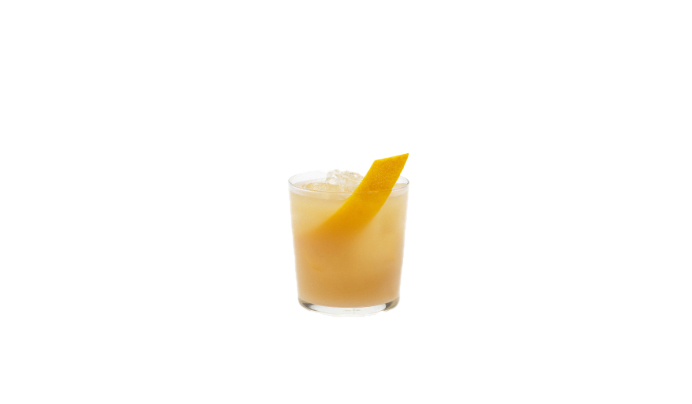
Zacapa Salted Piña Colada
Enjoy a twist on the classic, mixing Zacapa 23 with coconut water and salted pineapple syrup.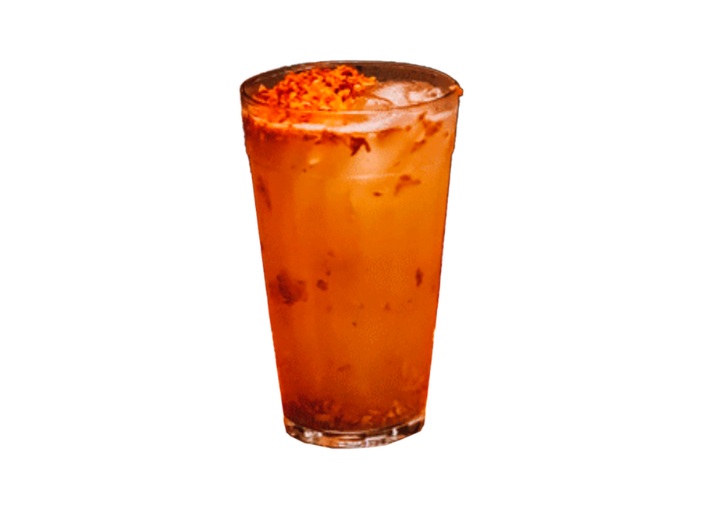
Mojito
Mojito is a refreshing cocktail made with rum, lime juice, sugar, mint leaves, and sparkling water.
Get to know your rums, explore new recipes, trends and more when you sign up to the Diageo Bar Academy.
Related content
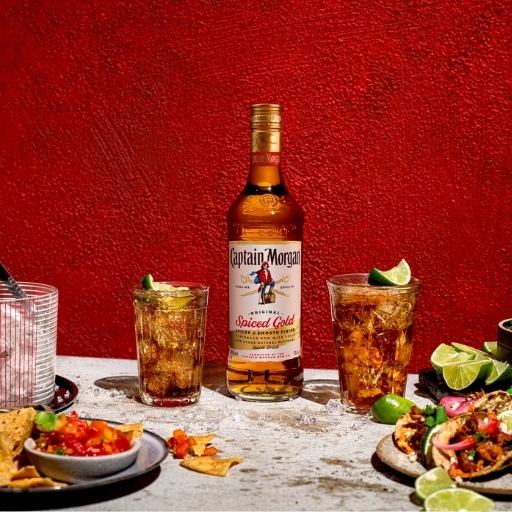
Captain Morgan
Welcome to the delicious world of Captain Morgan, where the possibilities for insanely tasty drinks to suit all seasons are endless.
Zacapa
Aged to perfection in the highlands of Guatemala, find out more about this award-winning rum.
Expert Guide To Rum Tasting and Mixing
Learn more about the distinct types and flavours of rum and how to expertly mix and pair them with certain ingredients in this webinar.
